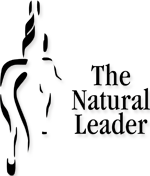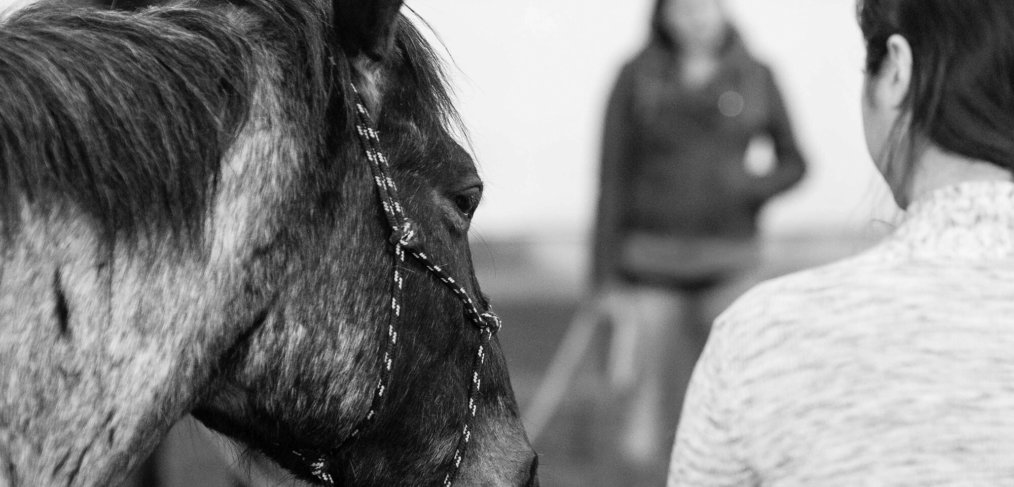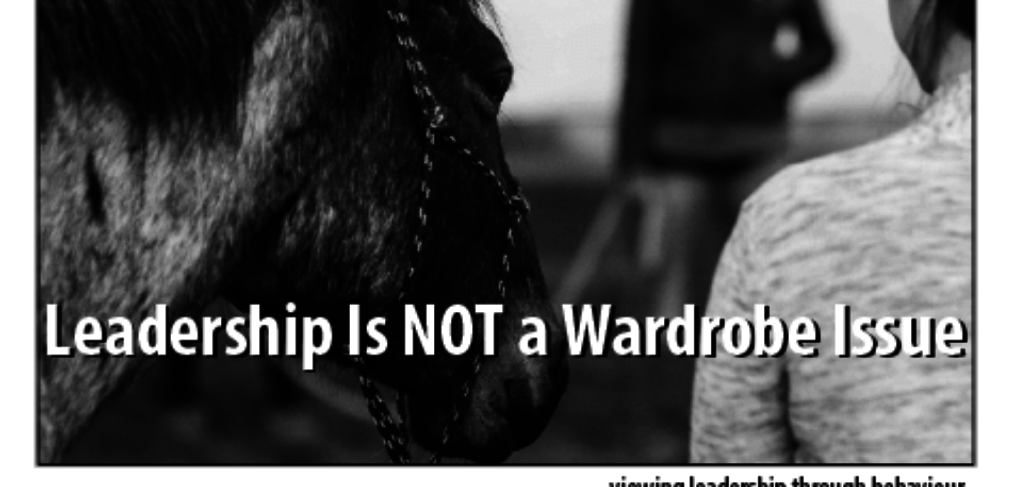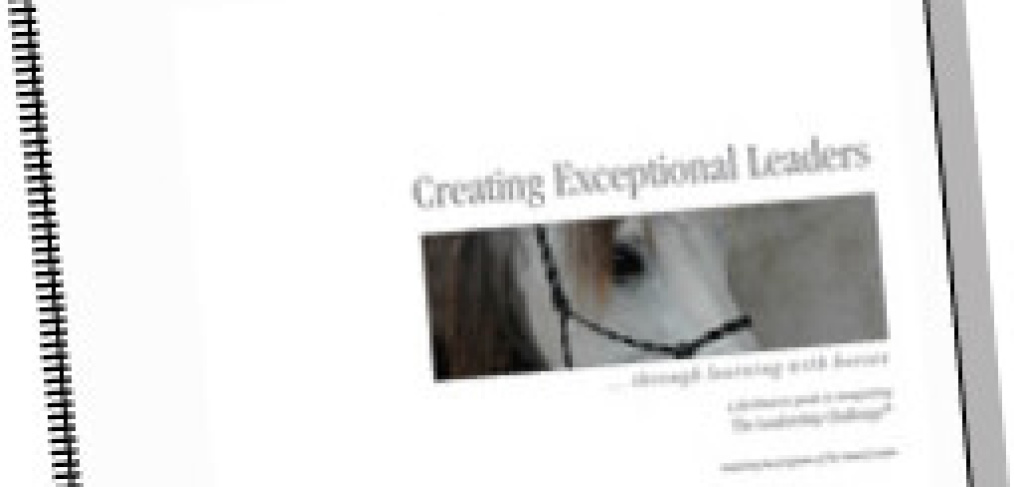Leadership is NOT a Wardrobe Issue. Considering starting a business with horses? or Perhaps you have been building a business over the years and need some inspiration?
Leadership is NOT a Wardrobe Issue covers 4 areas
• The Business of offering Leadership with Horses – from marketing to closing the deal
• how an in-depth knowledge of Horses & Horsemanship has influenced the work of The Natural Leader;
• Activities to complement your programs with lesson plans, coaching conversations and lessons learned through 15 years delivering programs;
• Coachable Moments – Leadership learning happens one conversation at a time. This section applies to those one-on-one conversations. Coachable Moments draws from the experience Nancy has gained starting horses over the years connecting the two through questions.
This book was a delightful surprise for me. Nancy’s knowledge and approach to horses and horsemanship is complete and thoughtful. She then applies this awareness and understanding to her leadership programs. Her explanations and exercises are concise and creative. She caused me to think about these parallels in my own non-verbal horse/human communications. I definitely learned something, and hope that Nancy will not mind if I occasionally borrow some of her words in my clinics. Highly recommended.
Ellen Eckstein, CA, USA – Bringing it TogetherWhat you will find in more than 100 pages of
Leadership is NOT a Wardrobe Issue?Why Does it take a Lifetime to Learn?
• The Idea for this book
• It’s not a One Size Fits All Deal
• How Did you Get Here?
• What is the one thing you want participants to walk away with?
• An InvitationApplying Horsemanship Principles to Leadership
• What is Horsemanship?
• Interpreting Behavior
• A Horse’s PerspectiveBenefits of Leadership through Experiential Learning
• Experiential Learning
• What is a better Question?
• The Awareness Wheel
• Critical thinking
• Feeling vs Acting
• Emotional Intelligence
• W.A.I.T.
• Safety firstThe Business of Creating Great Programs
• Why Leadership Development programs fail
• Barriers to Success
• Providing Value
• What TED can offer
• Things Learned Along the Way
• How can this book help you?Activities
In lesson plan format with Notes from the Arena – lessons learned along the way delivering leadership workCoachable Moments
Whether you are doing one-on-one work or working with an individual within a group. Sometimes you need to pull out a specific concept or idea that will resonate for that individual.Biography
Appendix
Endnotes
Bibliography
Leadership is NOT a Wardrobe Issue Nancy will provide any additional supporting materials to help you get to the next step.
eBook – digital download
prices are in Canadian dollars; Canadian clients GST will apply.








